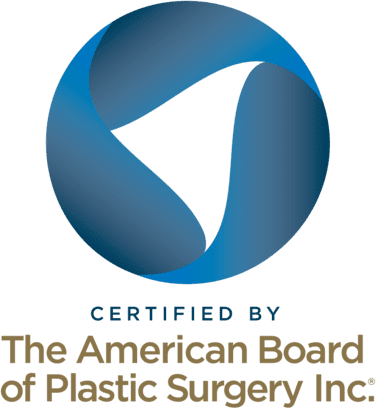At The GCC (Gender Confirmation Center), the patient generally gets to decide if they prefer drains for double incision surgeries, but drains are required for minimally-scarring procedure types such as keyhole and periareolar surgeries. There is a belief amongst some individuals without medical training that the placement of drains may cause additional scarring and pain, which is where the stigma against drains originates. However, our surgeons’ techniques do not cause any additional internal scarring.The only visible scarring that may result from drains would be very small scars (1-2 mm) under the arms for someone undergoing a minimally-scarring procedure. The discomfort that drains cause are minimal and the benefits outweigh the …
Yes, you will need to wear a compression garment for 1-2 few weeks after surgery to minimize swelling and to help the skin tighten. For chest reconstruction patients, this is not as uncomfortable or tight as a binder.
Pain can vary depending on your tolerance level. Most patients report minimal to no pain (usually a 3-4 on a scale of 1-10 for pain), and may take prescription painkillers the first day or two, After the first few days, many patients take Tylenol or no medication at all. The most uncomfortable period is the first few days after surgery. Along with regular post-surgery fatigue, you may experience swelling, tenderness, and tightness in your chest due to the dressings. Moreover, you cannot sleep on your side or stomach and may have limited mobility in your upper body.
Though the first few days of recovery should be spent resting, you are encouraged to walk around. However, you should initially minimize many other physical activities, especially raising your arms or lifting over 5 lbs. Taking it easy will minimize pain, discomfort and other possible complications after surgery. Typically patients resume non-physical activities after 8-10 days. Regular (cardiovascular) physical activity should be avoided for at least 3 weeks, and strenuous exercise for at least 5 to 6 weeks.
Top surgeries generally take around 2 hours. Once completed, you will be taken to a recovery area to be monitored. As you gradually wake up from sedation, it’s likely that you will experience some grogginess, soreness and in some cases nausea. When you wake up from surgery, it’s normal to experience some discomfort, swelling and bruising. Your chest will be wrapped in gauze dressings and a compression vest for support. It is tempting to want to see your new chest right away, but these should not be removed until your follow-up appointment. Once you are cleared for release (typically the same day as surgery), you will need a friend or …
Although everyone expects to be ecstatic after surgery, it is not uncommon to go through a period of post-operative depression following surgery. If you already know you are prone to anxiety or depression, it might be a good idea to establish a relationship with a therapist to help with emotional support before and after surgery. We recommend scheduling a visit with your therapist 10-14 days after surgery, so that you are prepared with a support system in the event that you experience post-operative depression. If you are unable to or do not want to pursue therapy, having a robust support system of family, friends, and other community can be helpful. …
Your surgeon will give you specific instructions for medications, vitamins, clothes, food, and any other particulars a few weeks before surgery. (Take a peek at Dr Mosser’s pre-surgery guidelines for chest reconstruction top surgery or breast augmentation.) It is best to minimize any major changes in your life, such as a move or job change,and be in close contact with your surgeon’s office if if any issues arise.
Individual risk for top surgery will depend on general health, age, and other characteristics, but you can take steps to reduce chances of complications: Make sure to discuss any comorbidities and your health history with your surgeon Make sure you discuss your desired outcome with your surgeon Follow pre- and post- op instructions carefully Stop smoking completely 3 weeks before surgery In general, the risks of surgery are relatively small.Read more about safety and complications.
The ultimate goal of surgery is to make you feel more comfortable with your body by better aligning your physical characteristics with your internal sense of self and the self you want to present to the world. Surgery can improve self-esteem and confidence; the acute recovery and healing process is worth it for the long term relief. Here’s what some of our patients had to say about their experience.
The decision to get top surgery is a quick and easy decision for some, and more difficult and slow for others. It can be helpful to hear from others who have had surgery about their decision-making process. Going to trans support groups, conferences, and discussing your desires for surgery with surgeons and a mental health provider, like a therapist, can be helpful guidance as well As with any major life decision, it’s normal to have some doubt and anxiety. At Our San Francisco practice, we provide you with in-depth information on surgical techniques, recovery, safety and results so that you can make an informed decision. Start by learning about the …
Request a Free Surgical Consultation Today.
All virtual and in-person consultations with our board-certified surgeons are free. Once you fill out this form, our patient care team will reach out and guide you through every step to get to surgery.




